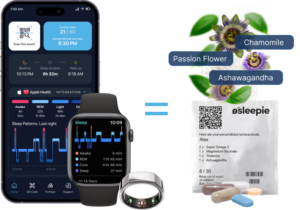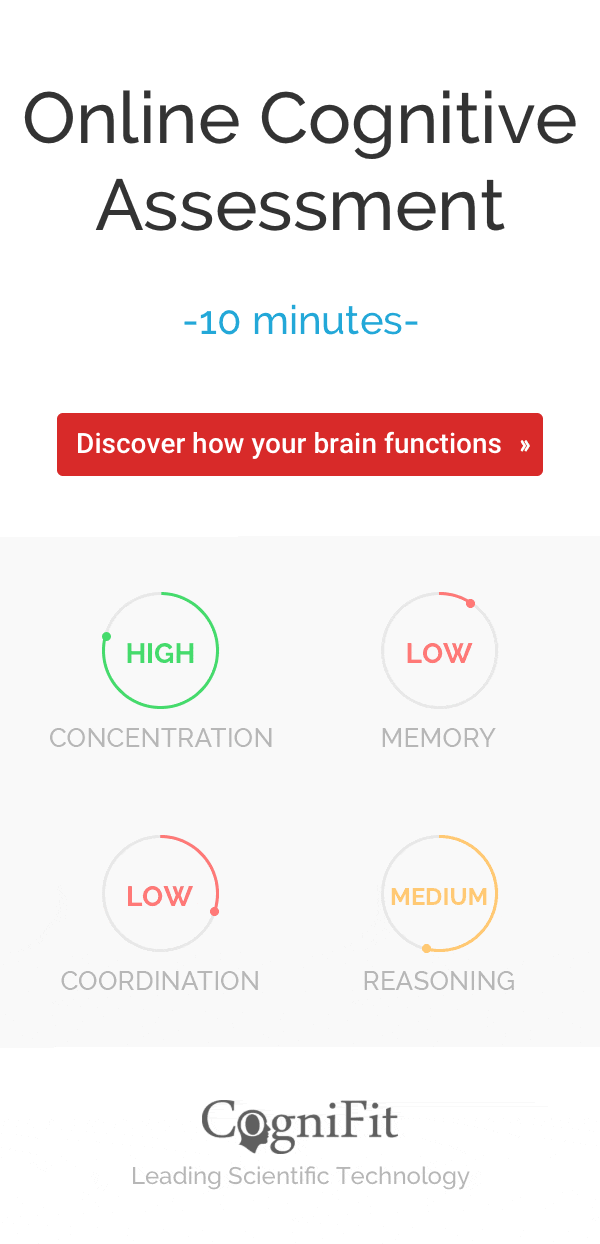
Hello, Darkness: How to See Better at Night
What if you could see better at night with just a few effective and easy tricks?
Below I will explain some great and easy methods to help you see better in the dark:

“Hello darkness, my old friend…”
The famous Simon and Garfunkel line may sound pleasant in song but in reality, many of us struggle to make out objects in the dark. Many of us have encounters in which we need to adjust to dark surroundings and see as best as we could without any light, whether it’s on a camping trip, walking in the dark in our homes or any number of tasks we try to perform at night. We often attempt to navigate in the dark independently until finally, after moments of frustration, we reach for a light source.
First, to understand how you can see better in the dark, you first need to understand
The mechanics of vision:
The human eye, despite its relatively small size, is an incredibly complex organ. Behind the eye, near the optic nerve, we have a lining called the retina on which our photoreceptors called rods and cones lie.
Rods, the light-sensitive receptors that are primarily responsible for peripheral vision, are more numerous as well as more sensitive than cones. Cones, on the other hand, detect color (a way to remember the difference between the two structures is that rods respond to rays and cones respond to color). In addition, cones are concentrated in the center of the fovea centralis, a small dip-shaped region on the retina that is almost on the same horizontal axis of the pupil, but rods are not found in that central region.
Whereas cones can quickly adjust to fluctuations in color and are responsible for vision in clear, high definition, rods need time – typically half an hour or so – to adapt to darkness and do not allow for the high resolution vision that the codes provide.
Now that you have a good idea of how your vision works, let’s go into detail about
Ways you can improve your night vision:

Since the rods take time to adjust to the absence of light, you should give your eyes ample time to adjust when transitioning from a lit to non-lit environment. Do not expect to see perfectly in the dark after the lights have gone out. Instead, give yourself about 30 minutes so that your eyes will have naturally adjusted.
To really take advantage of how well you are able to see in the dark, you want to rely on your rods, which detect light, rather than your cones, which detect color. In the absence of color, the cones will not be of much help, but their partner structures will. As I mentioned earlier, the rods that are responsible for clear night vision are not located on the center of the retina, but rather on the periphery. Thus, by using peripheral vision rather than staring directly at objects, you will make use of your light-sensitive rods and eventually see better in the dark.
When using your position in space and your memory or familiarity with a certain environment to see without turning on a light, the cells in your brain are hard at work.
Consider magno cells, are a type of ganglion cell in the brain that works to help you perceive depth and motion when there are variations in the brightness of light. Just like the rod receptors in the eye, magno cells are also found on the periphery of the retina. When the lights shut off, these cells are employed to help you adjust to perceiving movement and depth, but they are also being used in the dark when you look at shadows and different shades of grays and blacks.
Thanks to the great specialization of cell types in our brains that assist in vision, we are able to successfully make our way around the world in both light and dark environments.
One final thing to keep in mind when trying to get around at night is to tread lightly! Do not rush through an unfamiliar environment when trying to navigate in the dark. Instead, take slower steps and try to familiarize yourself with the objects around you either by touch or by careful sight, using some of the methods I described earlier.
Below is a fun video that surveys a few more tips and tricks to improve your vision both during the day and at night. With a little practice and patience, you can eventually improve how well you see in the dark. Hopefully the next time you need to see in the dark you will employ the aforementioned tips and before you know it Simon and Garfunkel’s classic lyrics will finally ring true!
[rapid_quiz question=”How many primary photoreceptors aid in vision?” answer=”2″ options=”1|2|3|4″ notes=”There are two main receptors – rods and cones.”]
[rapid_quiz question=”What is the name of the photoreceptors in our eyes that work to help us see in the dark?” answer=”Rods” options=”Cones|Rods|Retina” notes=”Rods are sensitive to light and help us adapt to dark environments”]
[rapid_quiz question=”True or False: The eye is a very simple organ.” answer=”False” options=”True|False” notes=”The eye is an incredibly complex structure despite its small size.”]
[rapid_quiz question=”Cells from which organ are involved in vision?” answer=”Both” options=”The Eye|The Brain |Both” notes=”Nerve cells in both the eye and the brain are involved in perception and vision.”]
[rapid_quiz question=”Which strategy can help to improve night vision?” answer=”All of the above.” options=”Give the eyes time to adjust – 30 minutes to an hour.|Tread lightly and don’t rush.|Practice!|All of the above.” notes=”All of the above tips can help you enhance how well you can find your way through the dark.”]
References:
Gleitman, Henry, James Gross and Daniel Reisberg. Psychology. 8th ed. New York: W.W.
Norton & Company, Inc., 2011. Print.
“Rods and Cones.” HyperPhysics. Georgia State University Department of Physics and Astronomy. 2016. Web. 30 July 2016.
“The Retina.” HyperPhysics. Georgia State University Department of Physics and Astronomy. 2016. Web. 30 July 2016.












